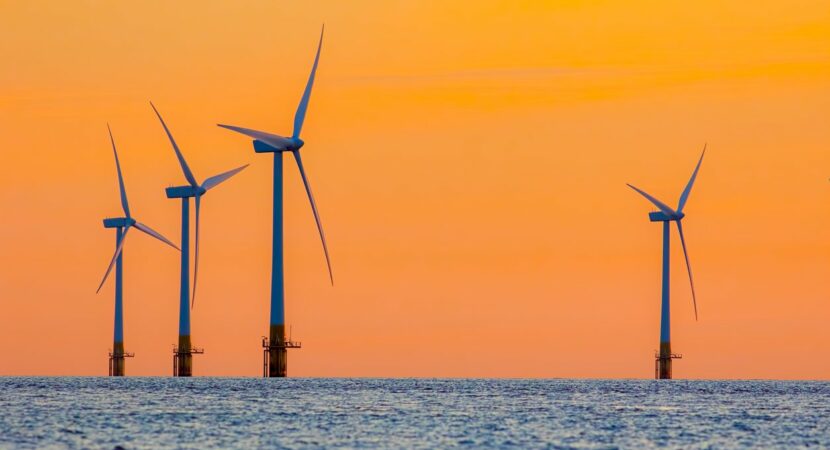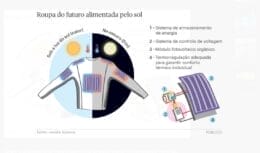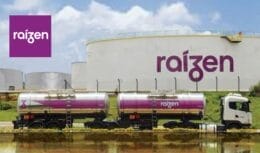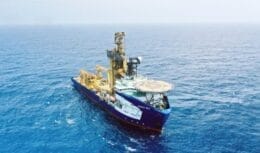
The offshore wind energy sector grows every year. Over the next five years, more than 150 new wind projects are planned
Offshore wind energy is one of the fastest growing renewable energy sources in recent years. It is a clean energy generated from the wind, which captures kinetic energy through the blades of wind turbines and converts it into mechanical energy and electrical energy. However, as projects and their turbines develop, the demand for specialist installation vessels will increase.
See also:
- Construtora Camargo Corrêa calls for 770 vacancies in civil construction works for professionals from incomplete primary to higher education
- It was auctioned today (11) by Petrobras land near the Duque de Caxias refinery (Reduc), in Rio de Janeiro
- Industries in partnership with Senai offer more than 60 thousand vacancies for young apprentices in 21 states of Brazil
According to Rystad Energy, an independent energy research and business intelligence company, “The market for ships capable of installing large offshore wind components is rapidly being overtaken by increasing demand given worldwide development. The global fleet will be insufficient to meet demand after 2025, making room for orders for more specialized ships and conversions of heavy cargo ships in the oil and gas sector.”
Advantages and disadvantages
Onshore turbine parts are usually transported by ships and barges, which reduces some logistical difficulties. Because there are no tunnels or streets to limit the size of components that can be passed through, offshore turbines tend to be larger and can capture more energy, generating twice as much energy as onshore wind farms.
However, as they are located at sea, it is necessary to hire specialized vessels for each operation, the cost of which is usually very high. Tugboats are needed to transport the platforms, ROVs to support anchoring and cabling operations, and crane vessels to lift the parts and assemble the turbine on the platform.
Another advantage is that offshore wind fields tend to produce most of their energy during the day when demand is generally highest, while during the night and morning shifts (when demand drops) most onshore oil fields produce energy.







